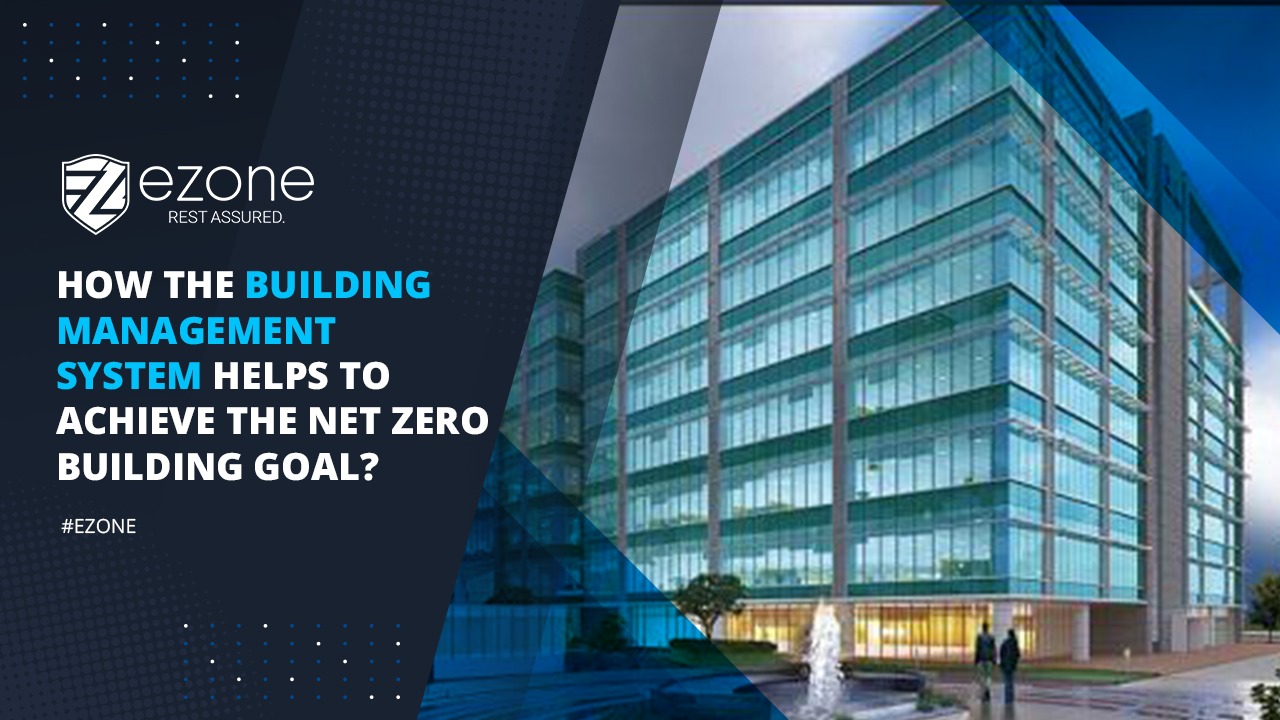As humans, we have always wondered about our future generation and the place we leave for them to live in, zero energy buildings are literally the space for our future. To achieve this future, we need a bridge called BMS.
BMS, or building management system, is a system that commands and controls a building’s energy usage and consumption. It includes mechanical, electrical and electromechanical aspects of a building. Zero energy building aspires to consign at least as much energy as it uses in the duration of a year.
Why is BMS the need of the hour?
To keep global warming limited to 1.5°C, global emissions need to be reduced by 45% by 2030 and reach net zero by 2050. As buildings generate nearly 40% of the world’s CO2 emissions, owners and operators must find ways to achieve net-zero carbon as quickly as possible. In order to achieve these goals, we need pioneering ideas. BMS organizes data from different management systems and gives a smart hub of intelligence and control.
From energy usage to air quality, humidity, occupancy and temperature, everything can be controlled by the sensors installed in a BMS. It continuously monitors what is happening in your building. The data collected by the sensors are fed to the centre of the channel, and one can have power over it. The authority to control your devices and equipment when they are not in use and turn them off will help in early maintenance issues. The system makes sure that your building is working efficiently without wasting energy and resources.
While reducing emissions, zero-energy buildings increase better health and work for a superior economy and welfare in our society.
How does BMS work?
These buildings consist of advanced sensing and controls, systems integration, energy optimization and data analytics to limit energy use and demand while also improving residents’ comfort, health, productivity and strength. Thus, calling these buildings ‘smart’ will be the correct argument.
Implanting these digital abilities in machinery and appliances can supply additional advantages, including improved credibility and remote management in addition to energy and emissions reductions.
Integrating building systems together can yield incremental energy savings of 8-18% over basic HVAC (heating, ventilation and air conditioning) and lighting control.
Net Zero Energy Building concepts can be used in most types of projects, including residential, industrial, and commercial buildings in both new construction and existing buildings. Many projects are designed and constructed across the various market sectors and climate zones.
The need for Net-Zero buildings is also rising with the population and a rise in demand for smart cities. Looking at the benefits and facilities, one can ensure efficient energy management with this technology.
Building Management System (BMS) improves an organization’s operational efficiency, makes the building environment-friendly, and helps achieve the net zero goal.
Both new and retrofit projects are increasingly using BMS to achieve their goal of managing and reducing their energy demand. And at the same time, resolve the complex challenges of systems/building integration.
Since 20 years, Ezone has been the leading provider of building management system. Talk to us at +91 98483 98483 or visit www.ezonesecurity.com for your end-to-end BMS solutions.
